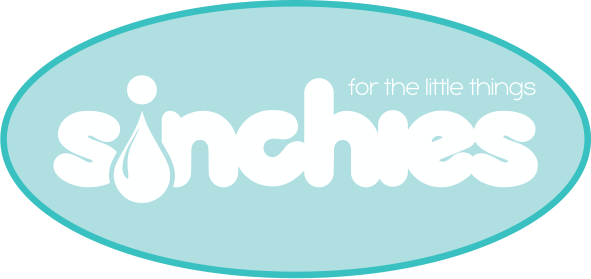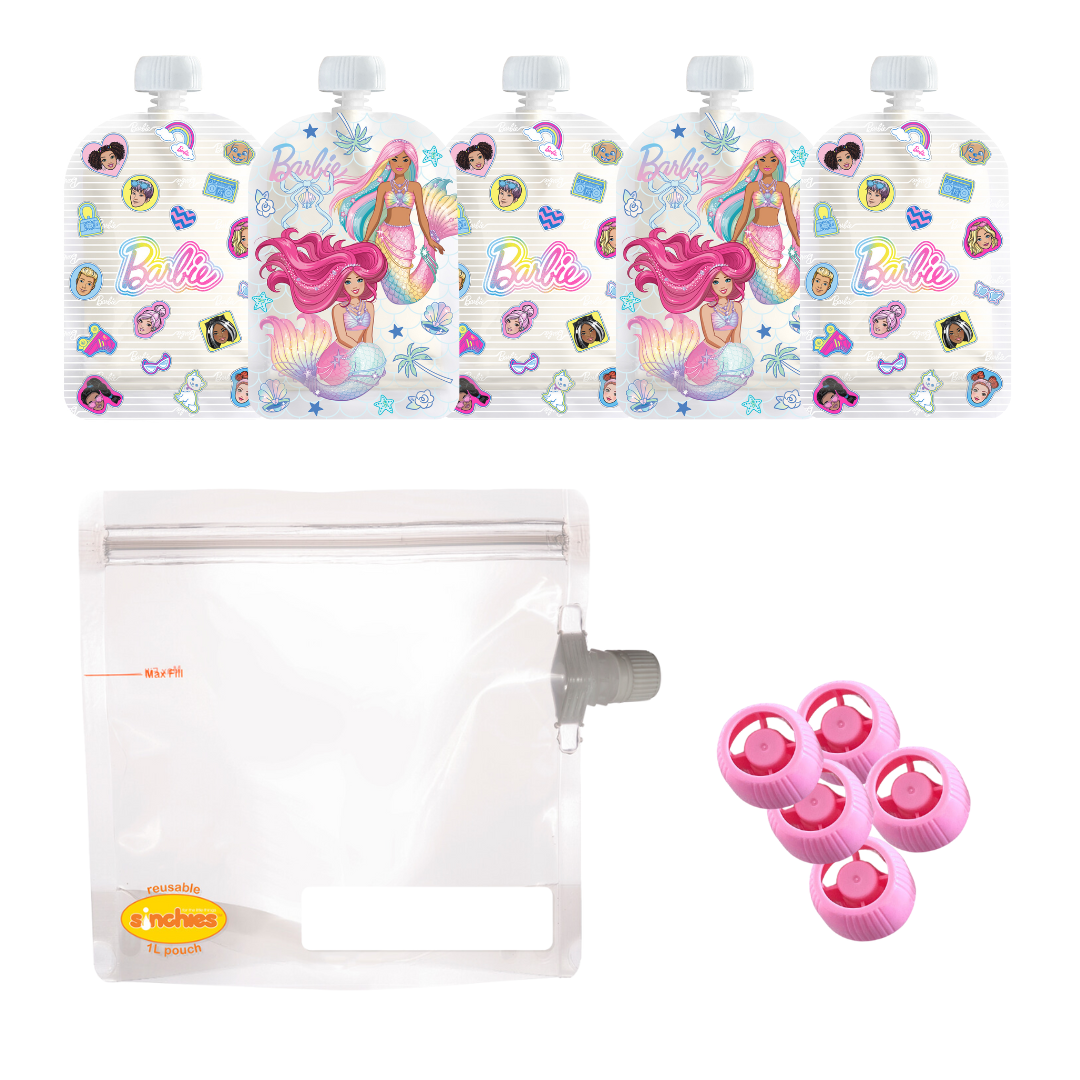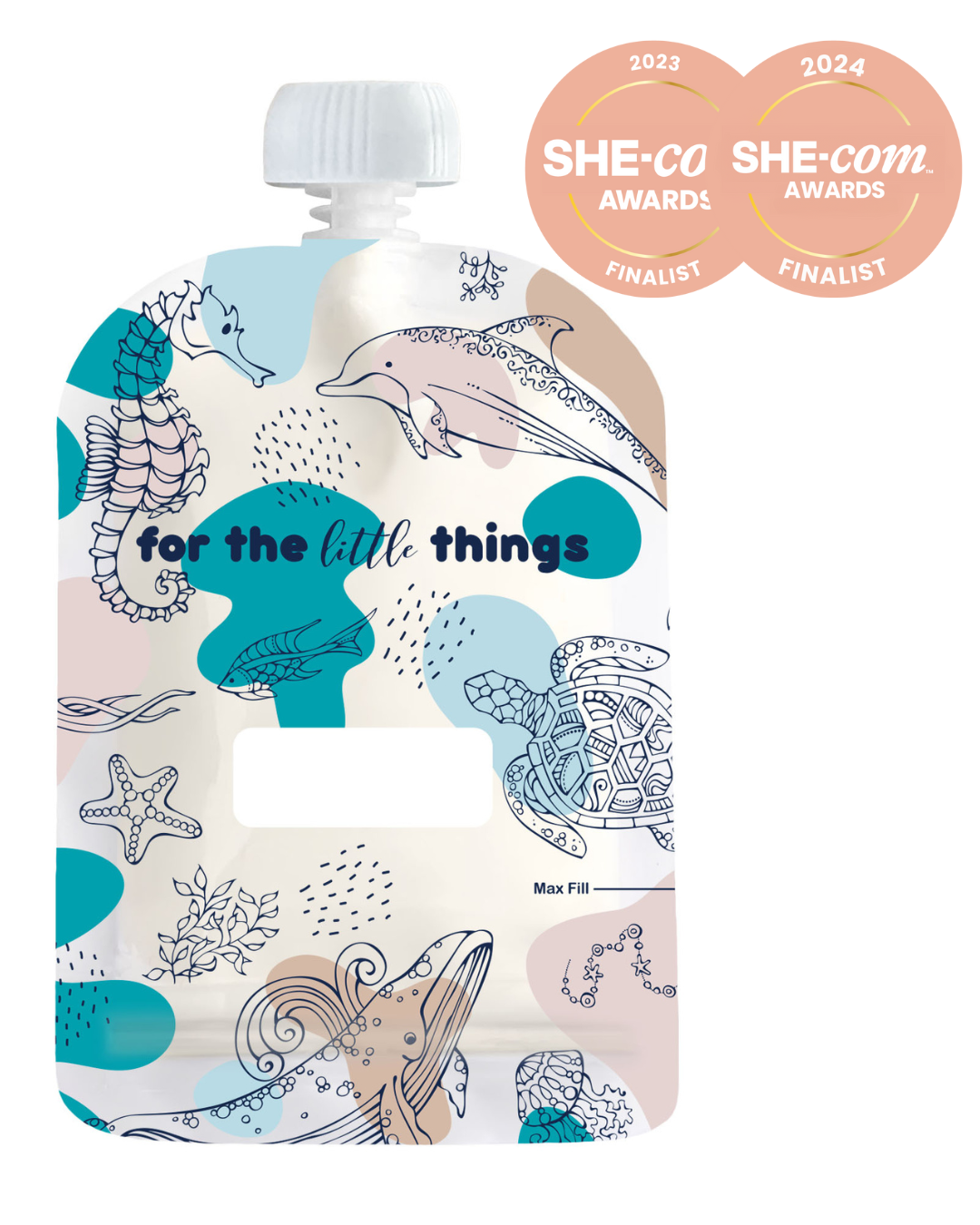Are you hydrated?
How often do we read about how much water we should be drinking each day? However how many of us actually do it! The usual excuse being water doesn’t taste very nice! Here are some tips & ideas to make sure we keep ourselves hydrated.
Why do we need water?

Every living cell needs water & it makes up about 60% of our body. It is found in blood, bones & muscle to name but a few & has many roles to play including
• Assists with digestion in the intestine
• Transports nutrients throughout the body
• Helps maintain body temperature via sweating
• Assists with circulation
• Energises the muscles
• Saliva production
• Helps eliminate toxins from the body
• Keeps your skin healthy
• Assists with healthy bowel function (e.g. helps prevent constipation)
Water is crucial to every living thing. Whilst we can survive for around 3 weeks without food, we can only survive a few days if we don’t consume water.

How much do I need to drink?
Without enough water, we become dehydrated. In fact once we have the feeling of thirst, we are actually already dehydrated & this can put strain on the body resulting in dry skin, headaches, fatigue & digestive issues. Also your urine is a good indicator if you are drinking enough. If it is light in colour then you are well hydrated but if it is a dark colour then this shows you have not drunk enough. The amount of water we need varies. If it is hot weather, we are exercising or we are at high altitude, we need more water. Also ensure children have water on hand all the time as their needs are not the same as an adult. There is no set amount anyone should have in one day & it varies from person to person. The important thing is to keep drinking regularly throughout the day to ensure you remain hydrated.
What about a water filter?
Generally Australians don't have to worry about their tap water as it is the water authorities that ensure it is safe & has been cleaned. However it will have been treated in order to kill some bacteria or bugs. Tap water components vary depending on where you are living & how it has been treated. Check with your local council to get details of what is in your water in your area. Filtered water is becoming more popular with many people having their own water filters at home so they can remove contaminants before consumption.
Common types of water filters include
• Jug filters – these are convenient & inexpensive but the filters will need to be replaced.
• Counter top filters – these are more expensive than the jug option & take up more room but allow you to filter larger volumes of water.
• Tap mounted filters – very easy to use & reasonably inexpensive. As they are attached to the tap, it means that you automatically use them when you turn on the tap so don’t have to think about it! Water filters do not all work in the same way either & no water filter will remove every contaminant. Therefore start by establishing what is in your water then look at the filters available & choose the one that removes the contaminants you want removed.
Types of filter medium include
• Activated carbon filters – these remove contaminants such as pesticides & some metals but will leave others including nitrites • Reverse osmosis filters – these remove around 90% of all contaminants & are used by most water bottling plants.
• Distillation filters – these boil the water then allows it to condense & collects the water. This is not a very good way to remove toxins on its own so it is often used along with a carbon filter. Bottled water is an expensive option & it is often no better than tap water! Bottled water often contains toxins from the bottle itself plus you should consider the impact of the bottling process & of the plastic bottle on the environment. Think about all the energy required to get the water from its source into a bottle then into the shops for sale. Use your own reusable bottle & fill it with filtered water at home. Good options for the bottle are glass & stainless steel which are both low toxin choices. Tips to help you drink more! We can see that water is a vital component for good health & wellbeing. However many people just simply do not drink enough water so here are some tips to help –
• Fill up your
Sinchies pouches with water with a little fruit juice added to it then pop them in the freezer. These can be used to keep the lunchboxes cool & then consumed during the day. Having them mixed with different fruit juices means they are all different colours so the children are usually more inclined to try them all!
• Get into a routine of drinking water regularly. For example, start the day with a glass of water & leave it by your bed so you see it as soon as you wake up. Also have a glass of water 30 minutes before every meal.
• Add lemon or lime slices to the water so it has some flavour. You can also add berries or herbs to give it a different taste.
• Carry water with you at all times & refill your bottle regularly.
• Try fizzy water for variety.
• Herbal tea is another way of consuming water. However fizzy drinks, coffee & tea are not options! Alcohol is also something to avoid as it actually can lead to you becoming dehydrated.
• Eat foods with high water content. For example watermelon, lettuce & broccoli.
• Non creamy soups are a great way to increase your water intake. Bone broth is full of healthy nutrients & helps with digestion. If you can include a few cups each day you will not only increase your water consumed but also it will do your health a lot of good too! Water is needed by all of us to remain healthy so make sure you remain hydrated & carry water with you at all times. Not only will your health benefit, you will also look & feel more energised & healthy which has to be a good thing!
 Every living cell needs water & it makes up about 60% of our body. It is found in blood, bones & muscle to name but a few & has many roles to play including
• Assists with digestion in the intestine
• Transports nutrients throughout the body
• Helps maintain body temperature via sweating
• Assists with circulation
• Energises the muscles
• Saliva production
• Helps eliminate toxins from the body
• Keeps your skin healthy
• Assists with healthy bowel function (e.g. helps prevent constipation)
Water is crucial to every living thing. Whilst we can survive for around 3 weeks without food, we can only survive a few days if we don’t consume water.
Every living cell needs water & it makes up about 60% of our body. It is found in blood, bones & muscle to name but a few & has many roles to play including
• Assists with digestion in the intestine
• Transports nutrients throughout the body
• Helps maintain body temperature via sweating
• Assists with circulation
• Energises the muscles
• Saliva production
• Helps eliminate toxins from the body
• Keeps your skin healthy
• Assists with healthy bowel function (e.g. helps prevent constipation)
Water is crucial to every living thing. Whilst we can survive for around 3 weeks without food, we can only survive a few days if we don’t consume water.





































































Leave a comment